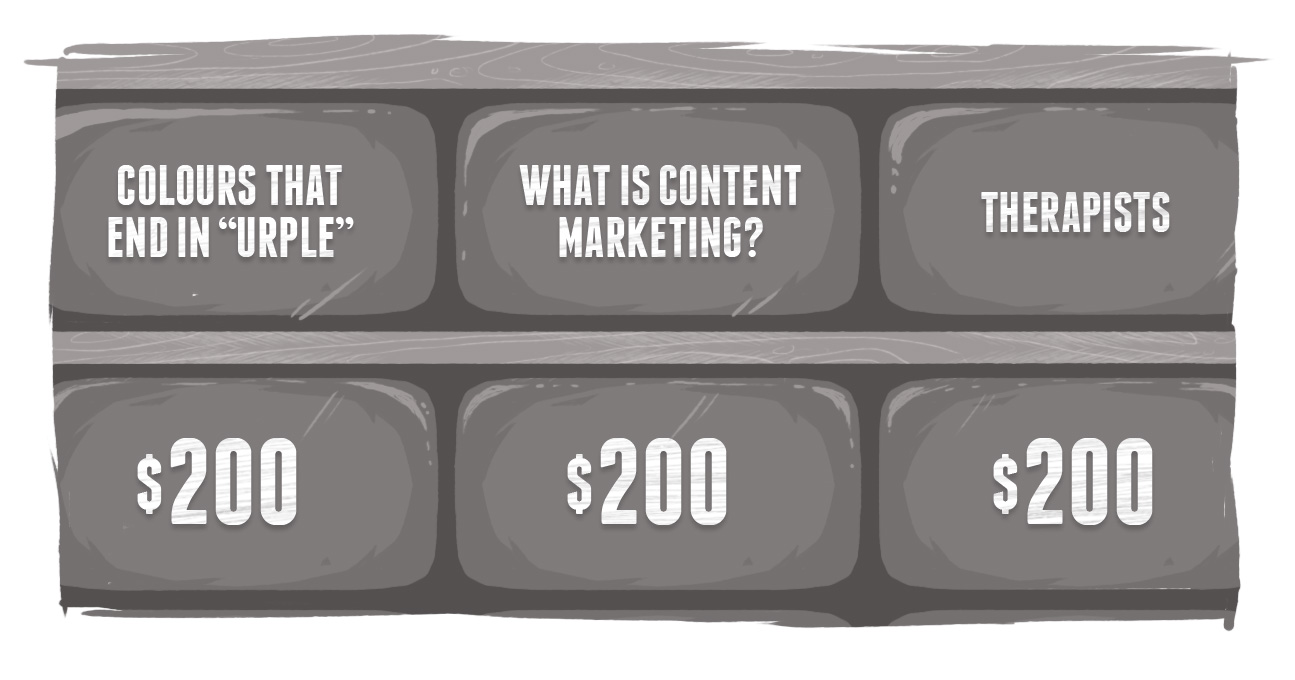Language Matters - 2016 in Review

In my mind, there were two major communications themes that highlighted (or lowlighted, as the case may be) 2016: one, we saw battle lines being drawn over what's been deemed as political correctness; and, two, we saw the value of sticking to the message and keeping things simple.
For the former, this blog is not the place for personal discussions on where those lines should be drawn ideologically. That's a far greater discussion, with far greater ramifications than what we want to address in the Echidna blog. However, there is great value in understanding how and what you say has an impact on your customers' perception of you. As well, understanding what your customers are saying -- even if you don't like the tone of how it's said -- is vital to improving your customers' experience with your enterprise.
Measure twice and don't be unintentionally cutting
It's not self-censorship, but you want to measure everything you're publishing under your brand carefully. You don't have to tiptoe, but understand that people may take offense to the words you write, even if that's not your intent. And intent rarely matters to those who find fault in your content, so it's often better to measure twice and cut once.
We've written in the past about the lack of need for swearing in writing. The same applies for content that may be interpreted as controversial. Simply put, writing gives you the opportunity to reflect upon the words you've chosen, evaluate their potential impact, and revise as necessary. You're not blurting things out of your mouth and magically having them appear on the screen -- it takes time and effort to translate those thoughts into text, and your writing can benefit from exploring options and potential interpretations and ramifications.
Learn to read between the lines (or hear between the swears)
Frustration and disappointment are not often expressed calmly or rationally. But dismissing your customers' concerns because they're not presented quote-unquote appropriately is something that you do at your own peril. We've talked in the past about getting to the root of the issue and finding out what the true concerns are -- that's more important now than ever.
It's easy to paint your critics with one brush and dismiss everything they say because you've chosen to categorize them as something. However, people are complex; issues are multi-layered; and there may be valid foundations upon which these negative sentiments and behaviours are built. Alternately, there may be misinformation or ignorance behind those statements -- and the best way to combat that is through truth and knowledge.
Stick to a simple, relevant message
I've had this conversation with a number of people who are aghast that Donald Trump won the election. Eliminating everything that we may find abhorrent about his campaign and his tactics, I ask people one simple, two-part question:
What was Donald's key message?
And what was Hillary's?
"Make America Great Again." -- people have no problem rattling that one off. But Hillary's? Impossible.
Political campaigns are exercises in branding and marketing. It's about presenting an image and message that resonates with the electorate and that they can latch on to. Economics, politics, history, policy -- all of these are challenging issues that are multi-layered and nuanced. For the most part, people want a simple message that cuts to the core that they can embrace.
That's the core of content strategy -- finding out what message resonates with your users and sticking to it. It's why headlines and leads of newspaper articles are generally more clever and catchy, as opposed to dry recitations of facts. And it's why James Carville will always be relevant for his "it's the economy, stupid" statement.
But it's not just about a simple message. It's got to be a message that has resonance for your customer base. Simple is one thing. Effectively simple comes from aligning the right message to the end-user's needs.
Don't but into the post-truth phenomenon
There's no such thing.
Honesty is not a fad.
It's not something that flies in and out of fashion. It's the foundation upon which all our work is built. We've seen schemes, tactics, and tricks come and go -- and at the end, we're left with only the question of whether your content is bringing true value to your customer.
Despite what the self-proclaimed gurus, wizards, and ninjas may say, there is no way to trick people into consuming your content. At least not one that has a satisfactory result.
Sure, you may get someone to visit your site or your store on false pretenses, but what then? Are they going to have a satisfactory experience after being deceived? Are they going to share positive thoughts with their peer network to encourage them to support your endeavour?
Don't lie, don't colour negativity with euphemisms. Be honest with your customers and your readers. In the end, the trust level will increase, you'll be seen as a reliable source, and -- by delivering upon your promises -- you provided added value to your customer base.
None of these issues are unique to 2016, but they've clearly been highlighted as a result of the election south of the border. Learning lessons from these issues and applying them to your content activities can help ensure a more successful 2017.
What content lessons did we learn in 2017?
SUBSCRIBE TO OUR E-NEWSLETTER
 Subscribe
Subscribe


